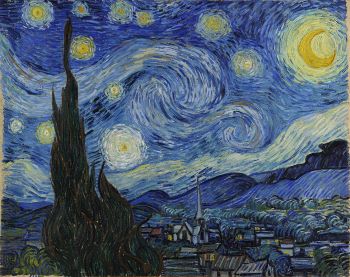
|
|
SOME EXPLANATIONS, PLEASE What are Works for Hire? An author usually owns the copyright automatically, unless he, or she was paid by a third party and prepared the work as a "work for hire", in which case, the employer owns the copyright. Authors of a collaborative work own its copyright jointly. What is Public Domain? A public domain work is a creative work that is not protected by copyright and which may be freely used by everyone. The reasons that the work is not protected include: 1. The term of copyright for the work has expired; 2. The author failed to satisfy statutory formalities to perfect the copyright or 3. The work is a work of the U.S. Government. Works in the Public Domain are publications, products, and processes that are not protected under patent or copyright. Public domain exists to allow the free exchange of knowledge. If it did not, museums would be allowed to keep images under perpetual copyright, thus denying everyone the opportunity to view, critique, or otherwise examine works. Most 20th century works of art are not yet considered part of the PUBLIC DOMAIN. 
Starry Night by Vincent Van Gogh is a painting in the public domain, unprotected by either patent or copyright. A work that is derived or adapted from a public domain work can itself be protected by copyright only to the extent that the derived work contains elements of originality contributed by the author of the derived work. For example, an abstract painting of a famous photograph would be protectible, as is the distinctive rendition of the Star Spangled Banner performedby Jimi Hendrix. The protection available to these works does not remove the underlying work from the public domain, and the author of the derivation has no cause of action against another person who makes a derivation of the same public domain work. A work that is merely a "slavish copy", or even a restoration of an original public domain work is not subject to copyright protection. In the case of Hearn v. Meyer, 664 F. Supp 832 (S.D.N.Y. 1987), an illustrator attempted unsuccessfully to claim copyright on his restored versions of original Wizard of Oz illustrations. The illustrations were in the public domain, and the court found that the act of rendering them with bolder and more vibrant colors was not an original contribution sufficient to remove the restored works from the public domain. The copyright laws provide that the Congress shall grant a creative person copyright protection for a limited period, and at the end of that time, the work shall become part of the public domain and may be freely copied. Itís always important when you copy works of others to determine if those works are still protected. What is the Fair Use Exception? The fair use doctrine allows for copying without permission for such purposes as criticism, commentary, news reporting, teaching, scholarship, and research. Four main factors for determining whether the Fair Use exception is available: 1. The purpose of the use (whether the copying is intended for commercial, or non-profit). 2. The nature of the original (whether it was published, or unpublished). 3. The amount and importance of the portion used in relation to the original work as a whole. 4. The impact of the use on the original work's commercial value. Copyrights and public domain and fair use are all terms which exist together for a reason. Copyrights are necessary because they allow artists/writers to profit from their own work. Public Domain is necessary because it allows for the free exchange of ideas. Fair Use is necessary because it allows the public some access to copyrighted work, as long as they do not profit from it. The idea of FAIR USE has guided the use of reproductions of works for years. In most cases, the lack of commercial gain is necessary for a claim of fair use. If you are a non-profit website designed for educational purposes, you could claim FAIR USE of images which are already in the PUBLIC DOMAIN. Click here to go to Blog 6. |
|
S I T E M A P
All works original and © Copyright of the Artist, Cheryl Hardin.
chardinart.com © Copyright 2006-2024 Cheryl Hardin. All Rights Reserved. USA.